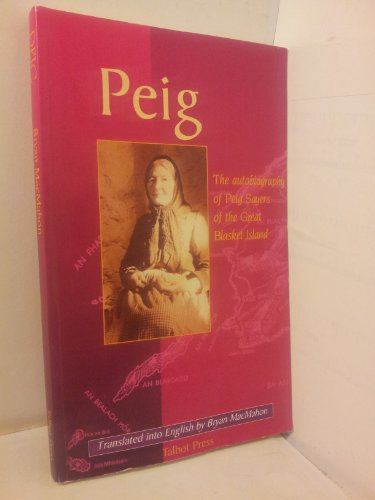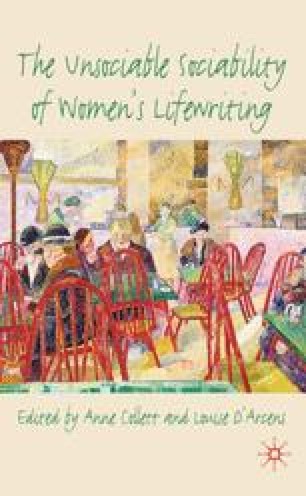
"Fore Abbey, County Westmeath." The Dublin Penny Journal 3.152 (1835): 380-81.ġ2Apprently there is one other remnant of an Irish medieval Benedictine foundation yet to be seen: St. 2013.Īccording to the author, "The earliest written evidence of pilgrimage dates to AD 1607 when Fore is listed among the 12 Irish sites granted a plenary indulgence to the faithful, by Pope Paul V."ġ0G. "Medieval Pilgrimage in Honour of St Féichín and the Seven Wonders’ of Fore, Co Westmeath." Pilgrimage In Medieval Ireland.

144-45.)ĨDuigan, Michael V., and Lord Killanin. The initial de Lacy construction in the valley was a motte with a rectangular bailey on the slope of the Ben of Fore to the east of the village. This text may be read in its entirety here.

These monasteries continued in the islands of Ardoilen and Immagia tilI the time of Colgan, and from them Colgan obtained the most ancient manuscripts connected with our saint’s life."ĥ The Irish Ecclesiastical Record. Columba had converted the Highlanders of Scotland. The full quotation from Stokes reads: "He established island monasteries on islets lining the Galway coast, where he was the first man to preach the Gospel, and baptize the inhabitants, showing us, as his earliest Lives do, that Paganism prevailed in the extreme west of this country, even after St. Fechin of Fore and His Monastery." The Journal of the Royal Society of Antiquaries of Ireland Fifth 2.1 (1892): 4-5. ("Thread: Yellow Plague." British Genealogy Forums RSS. Some suggested it may have been smallpox. The "Yellow Plague" In England was known as Pestis Flava, and in Ireland as Buide Connaill. His name may mean "little raven." "His name is explained in this manner in a note added to the Félire Óengusso, which says that he received this name when his mother saw him gnawing on a bone and exclaimed ‘my little raven!’" ( ) Most sources give his feast day as January 20, the day of his death, but some sources say he is celebrated in Ireland on the 14th of February. The saint’s name is also spelled "Féchín." Some sources say St. The early "Lives…" often make such statements exaggerating the importance of the saint due to the political concerns of the foundations that commissioned the text. It is unlikely that 300 monks and 2,000 students were in residence at any one time at St. This text may be read in its entirely here. The Life of Saint Fechin of Fore, the Apostle of Connemara. Fechin that the place was anciently called Gleann-Fobhar,-Fobhar is supposed to have the same signification as Tobar, a well." ( The Irish Ecclesiastical Record. 63.Īfter the Ordnance Survey in 1837, John O’Donovan maintained that the Irish name is Baile Fobair, which means the town of Fore, and not the Town of Books. Meath, Ireland: Meath Archaeological and Historical Society, 1981. A Chorographical Description of the County of West-Meath. The cross-inscribed lintel stone (photo by Camino de Santiago): ĢPiers, Henry. The Doaghfeighin Holy Well: (photo by Louise Nugent)

The cloisters of the Benedictine Abbey (photo by Sarnia G.):

The ruins of the mill (photo by de Burgo): 1The "information boards" in the VR tour feature some photographs not made by the author.


 0 kommentar(er)
0 kommentar(er)
